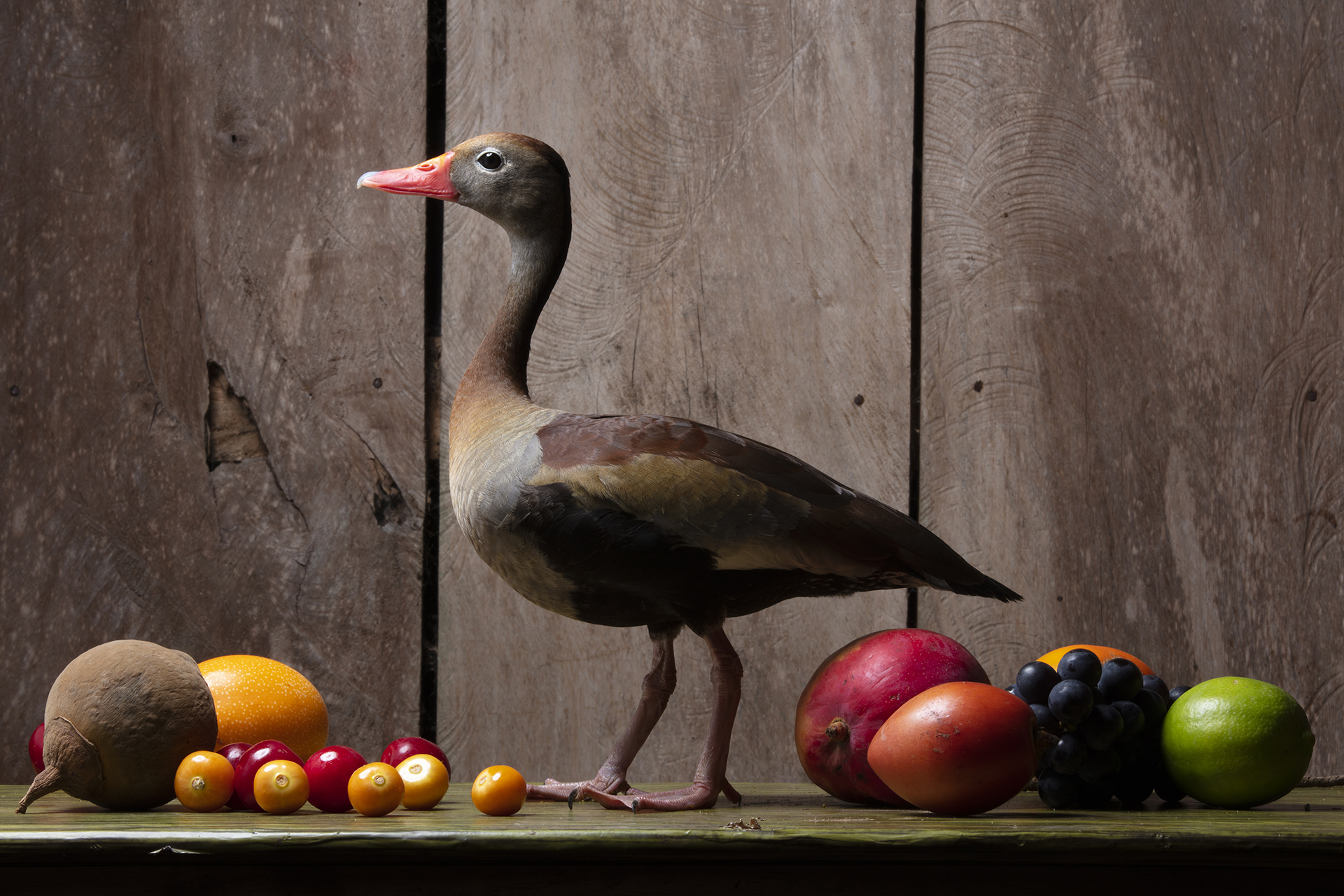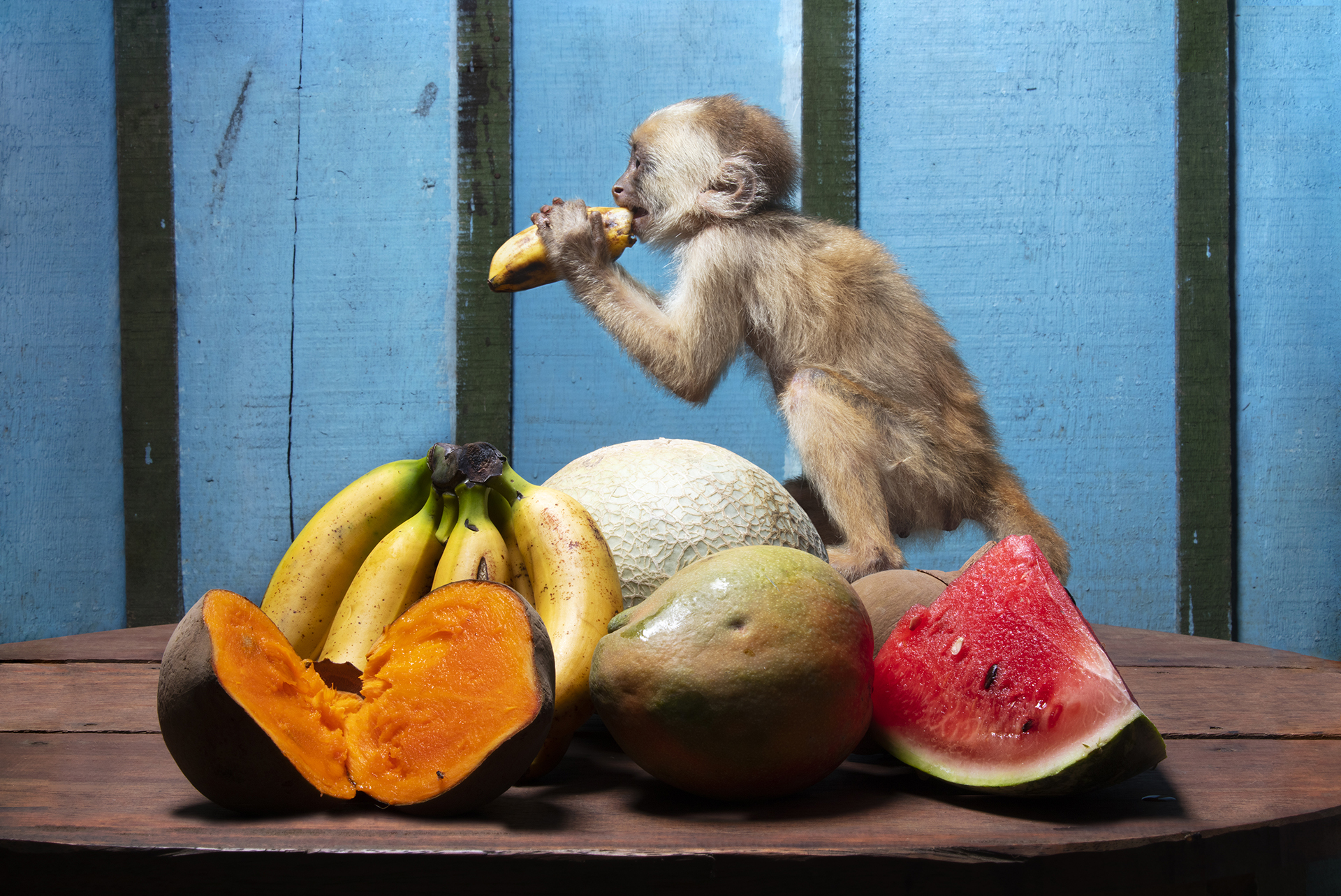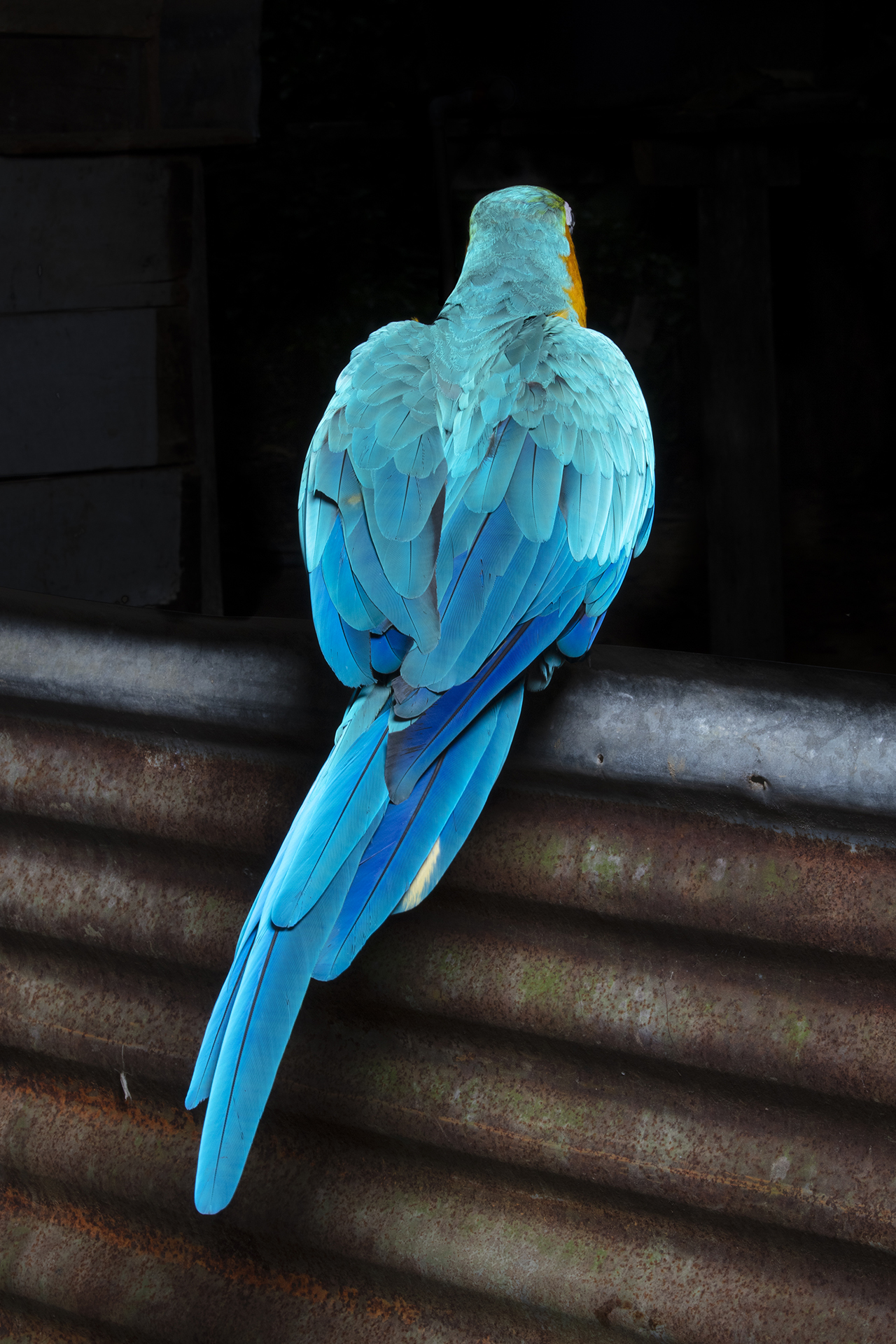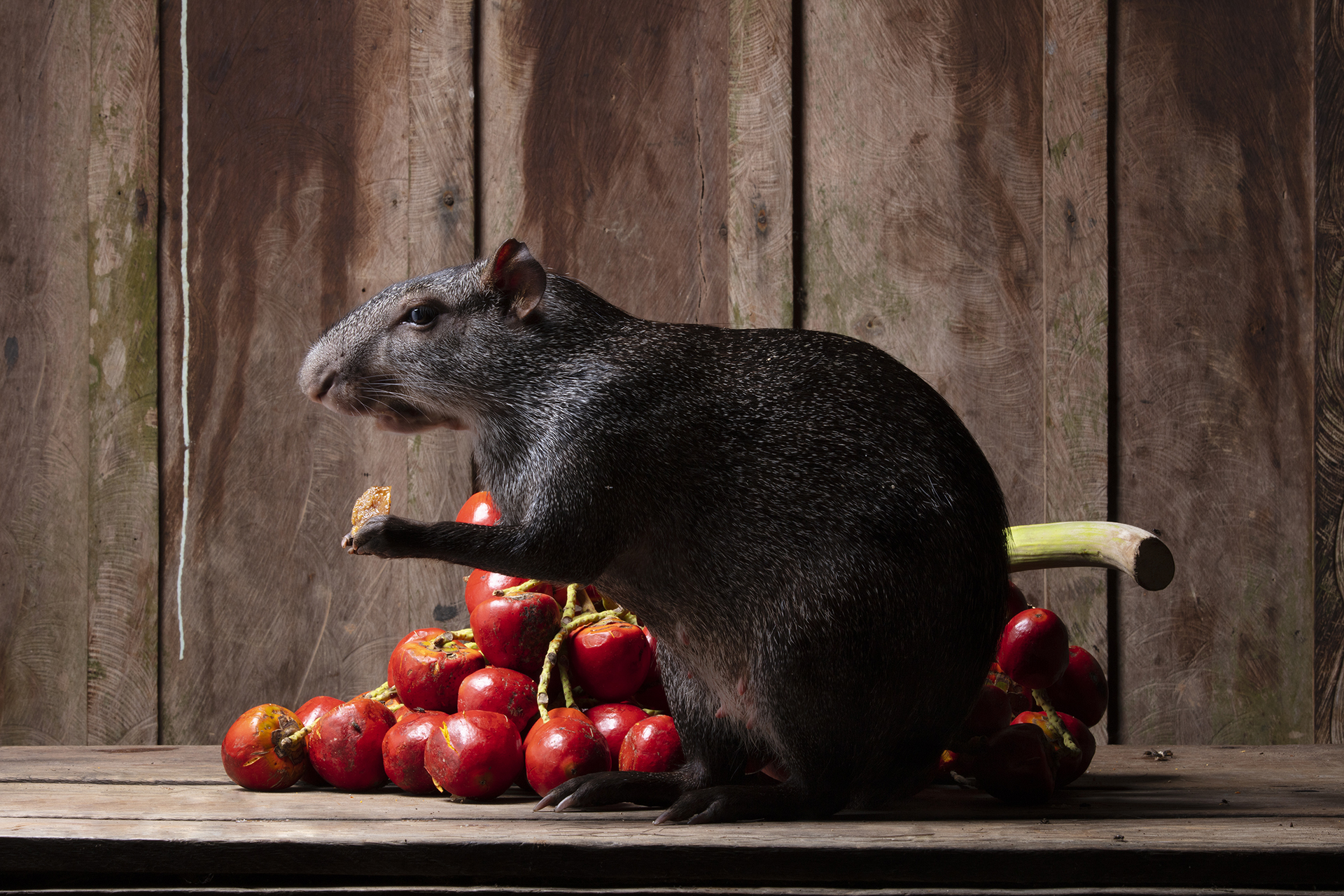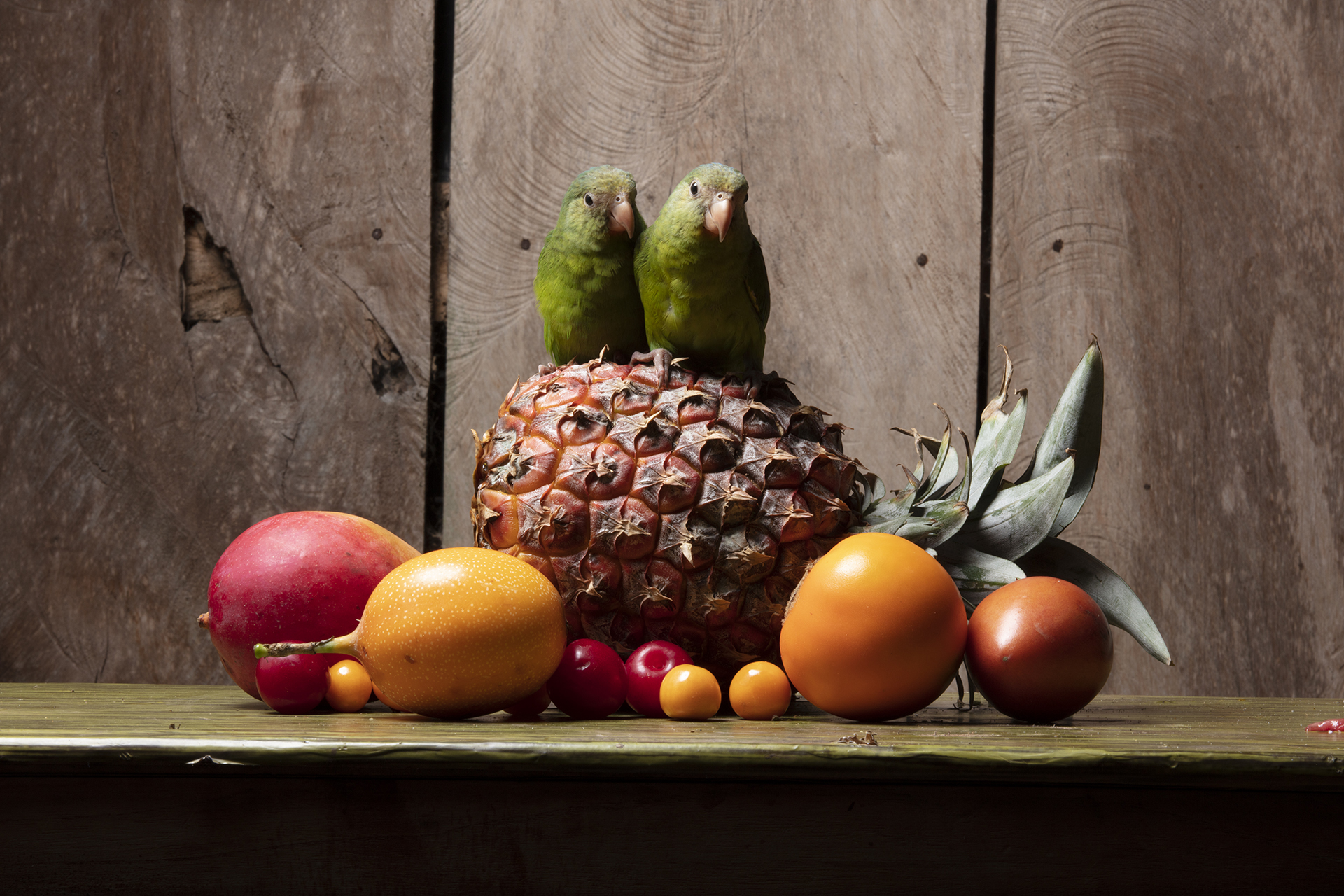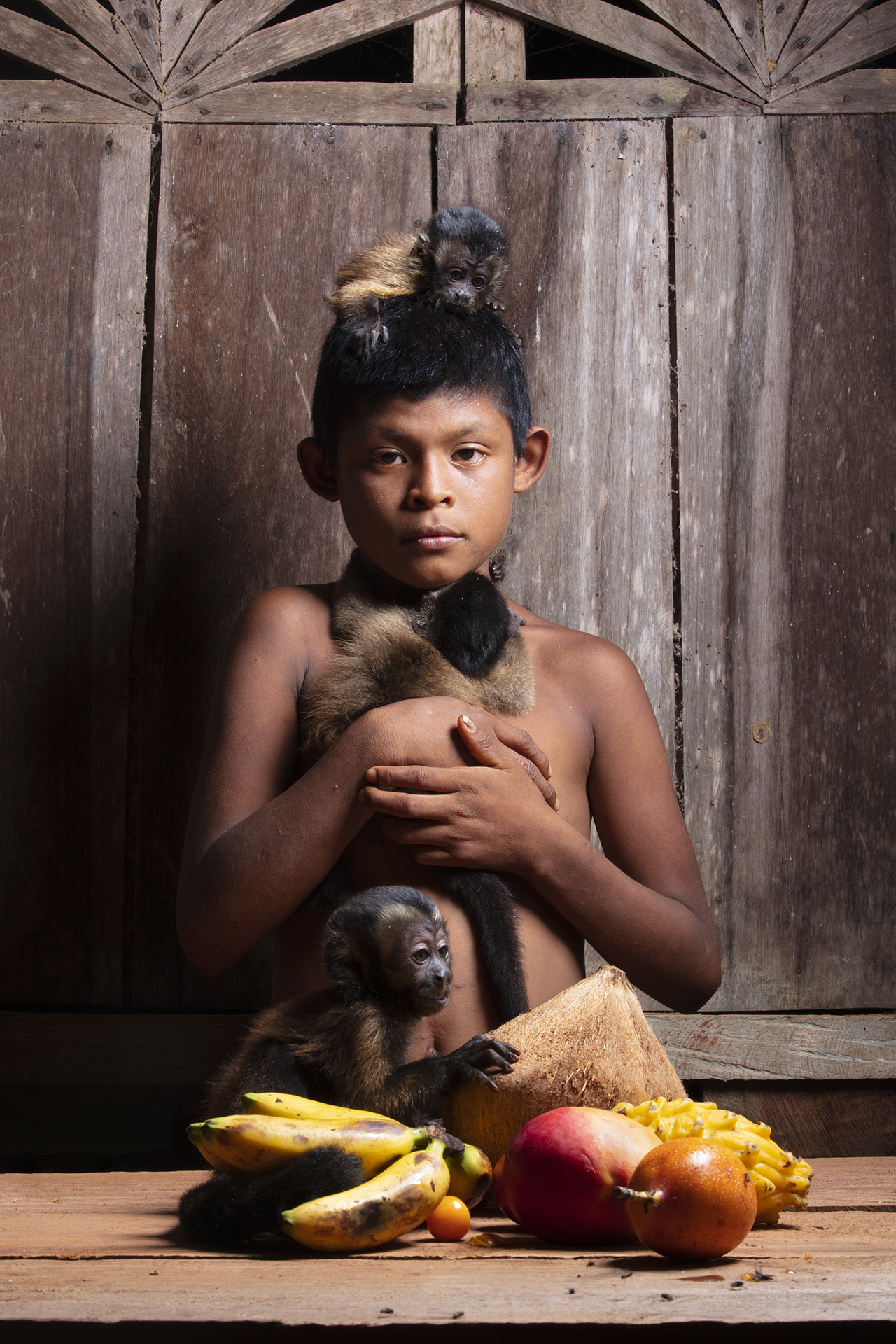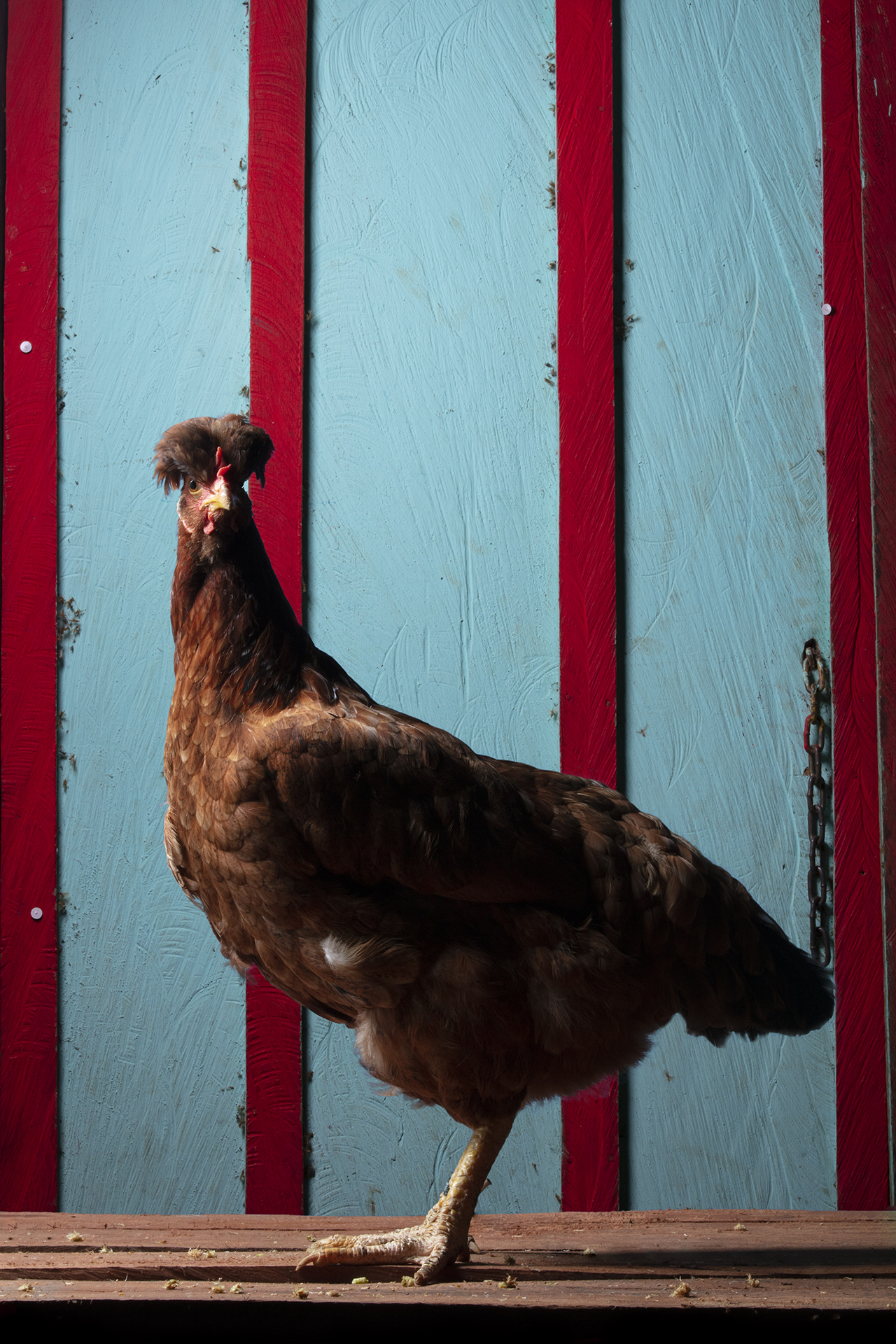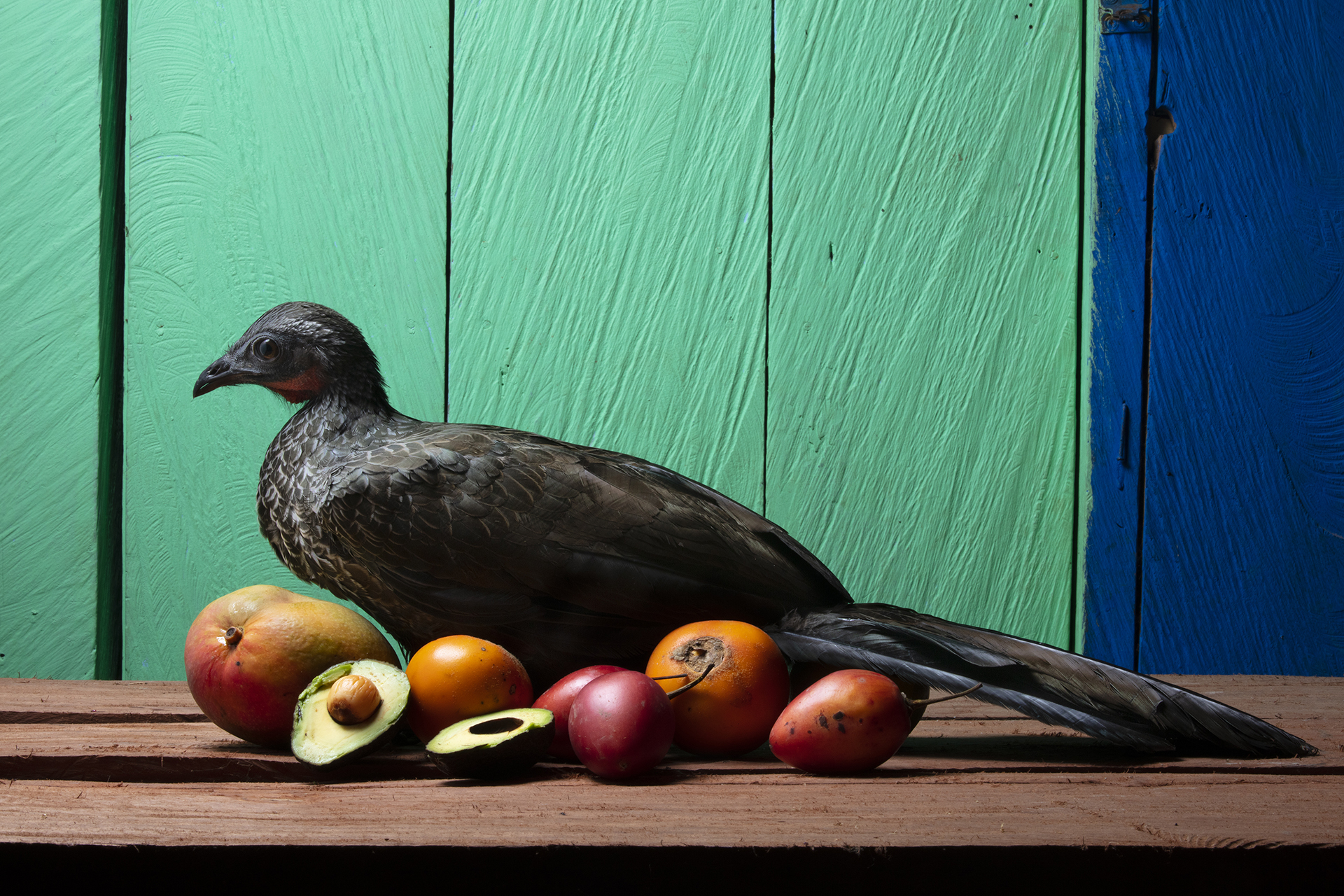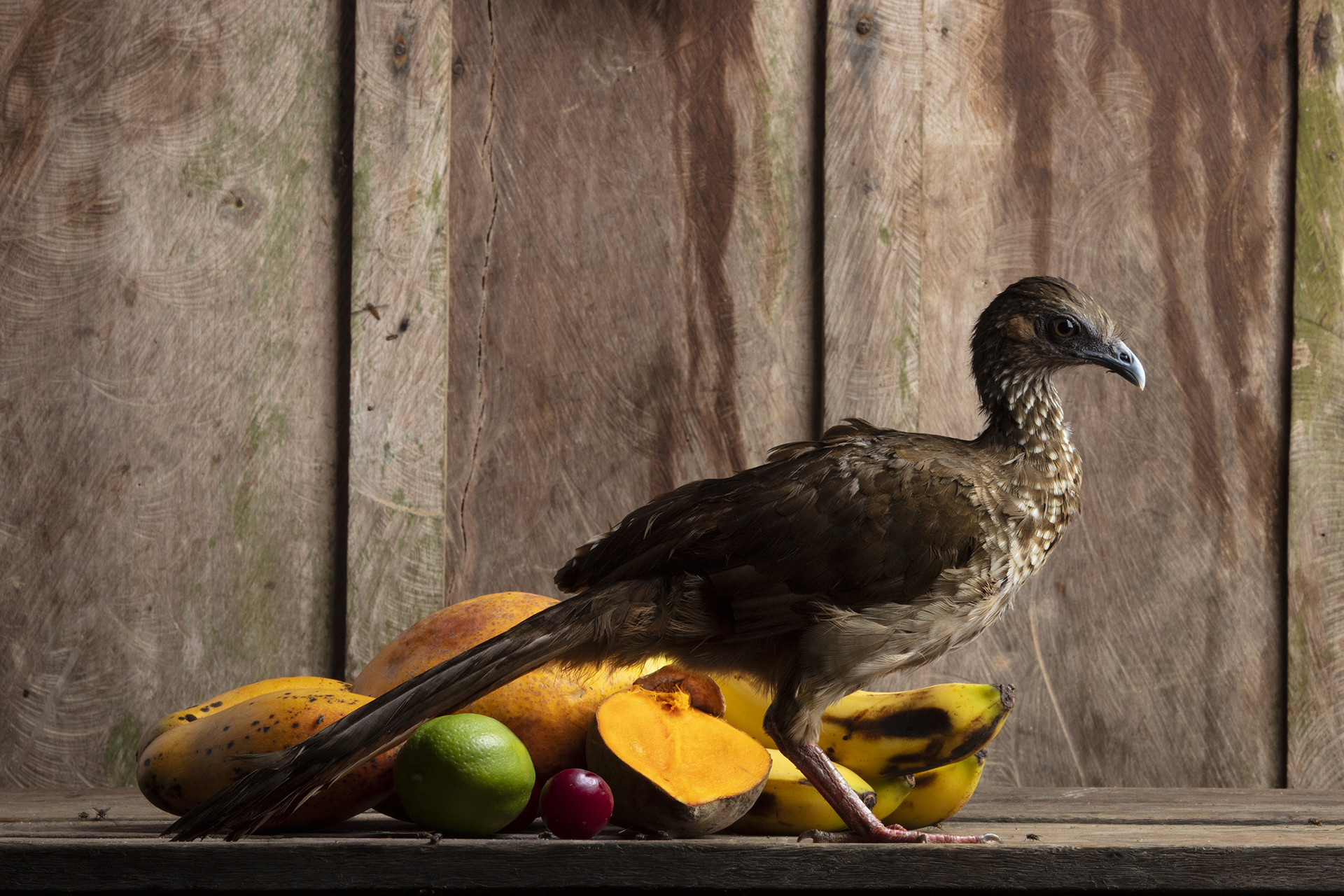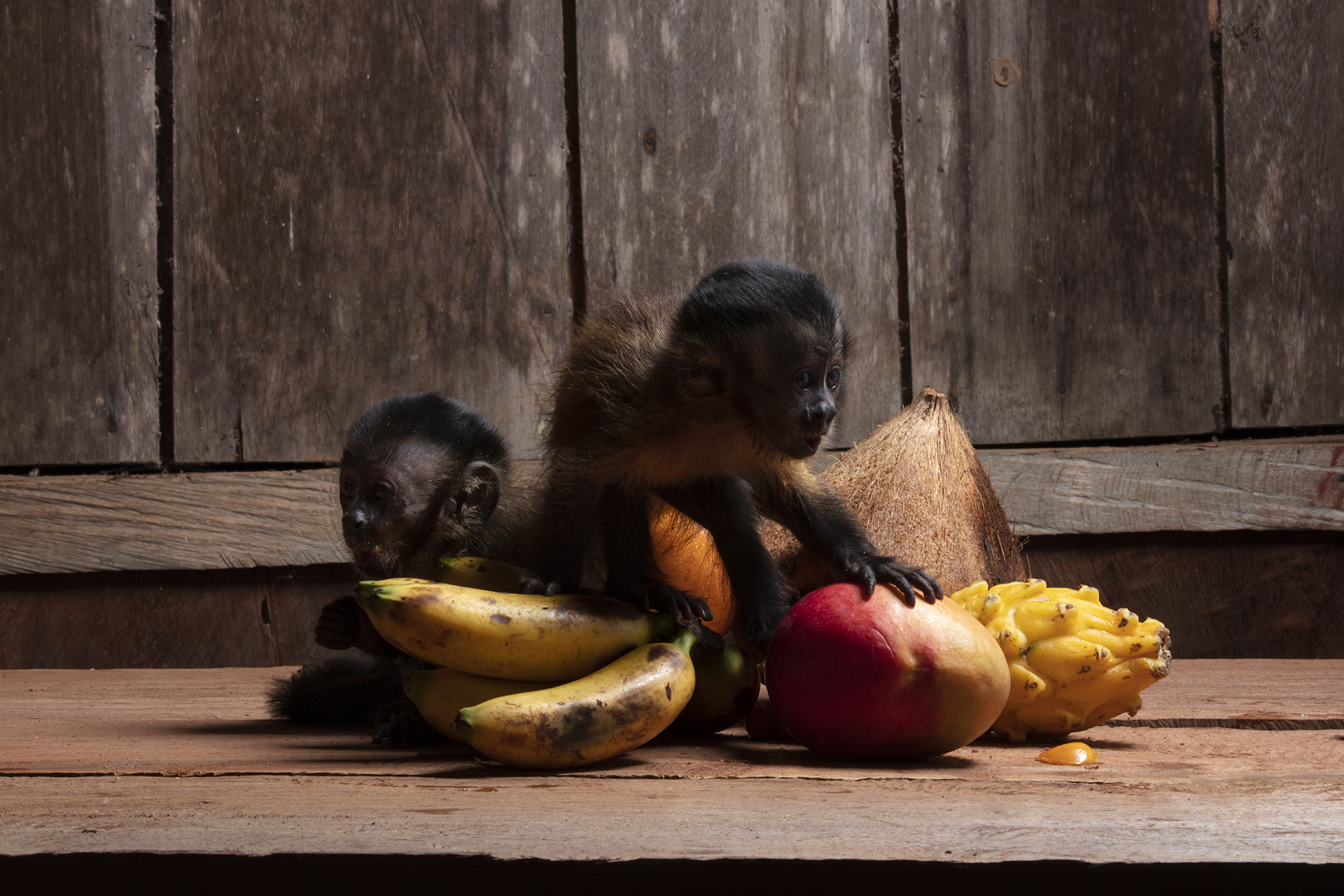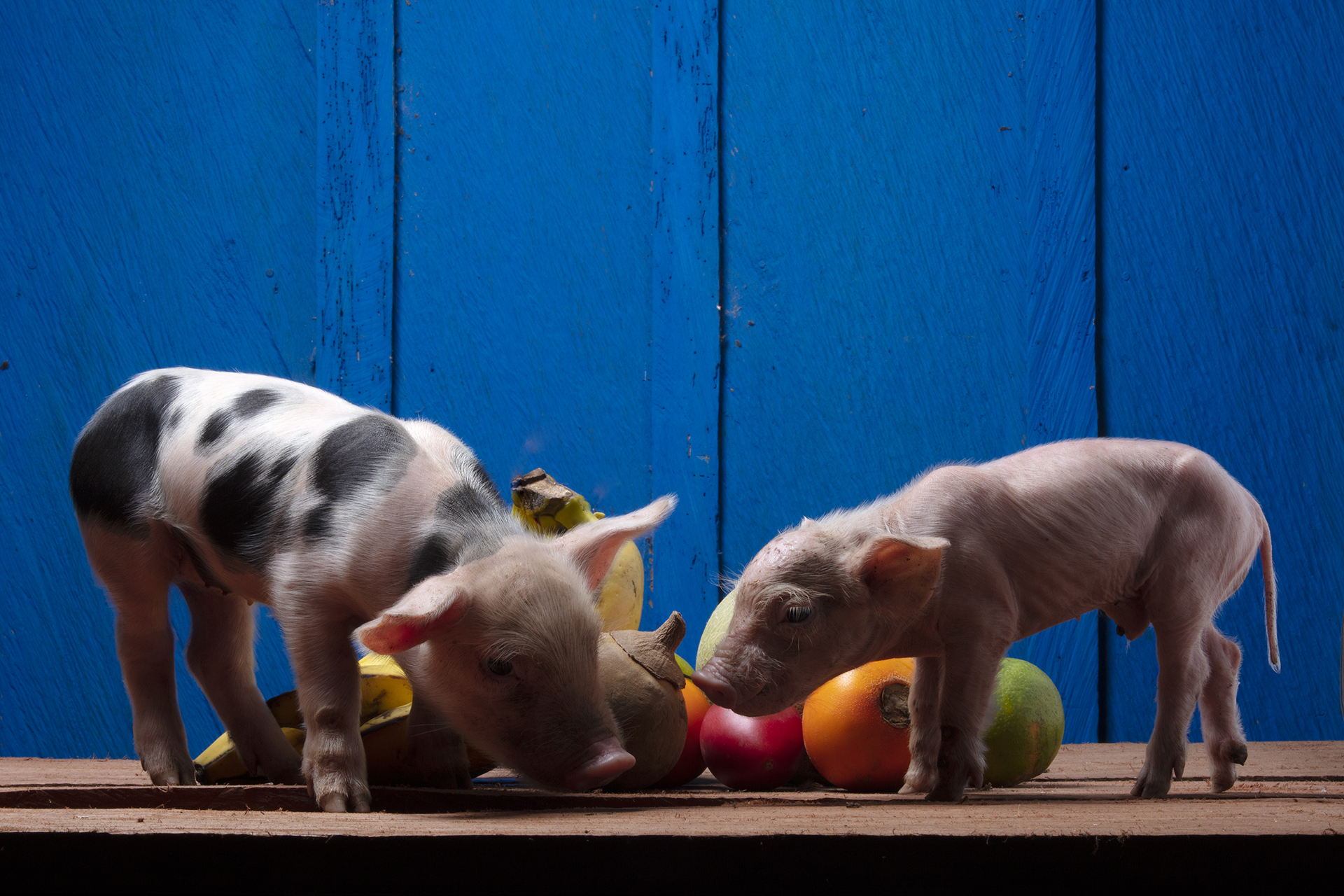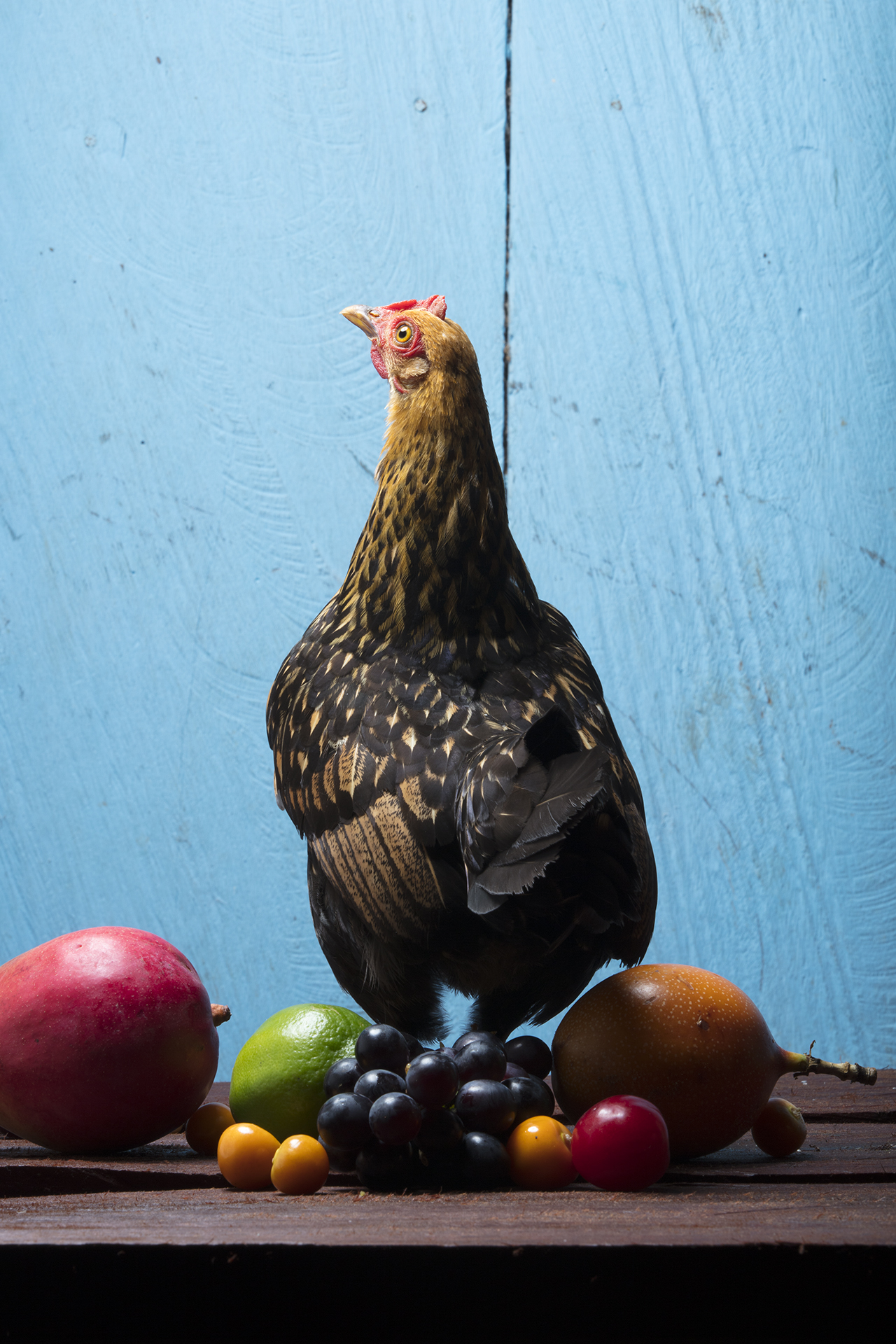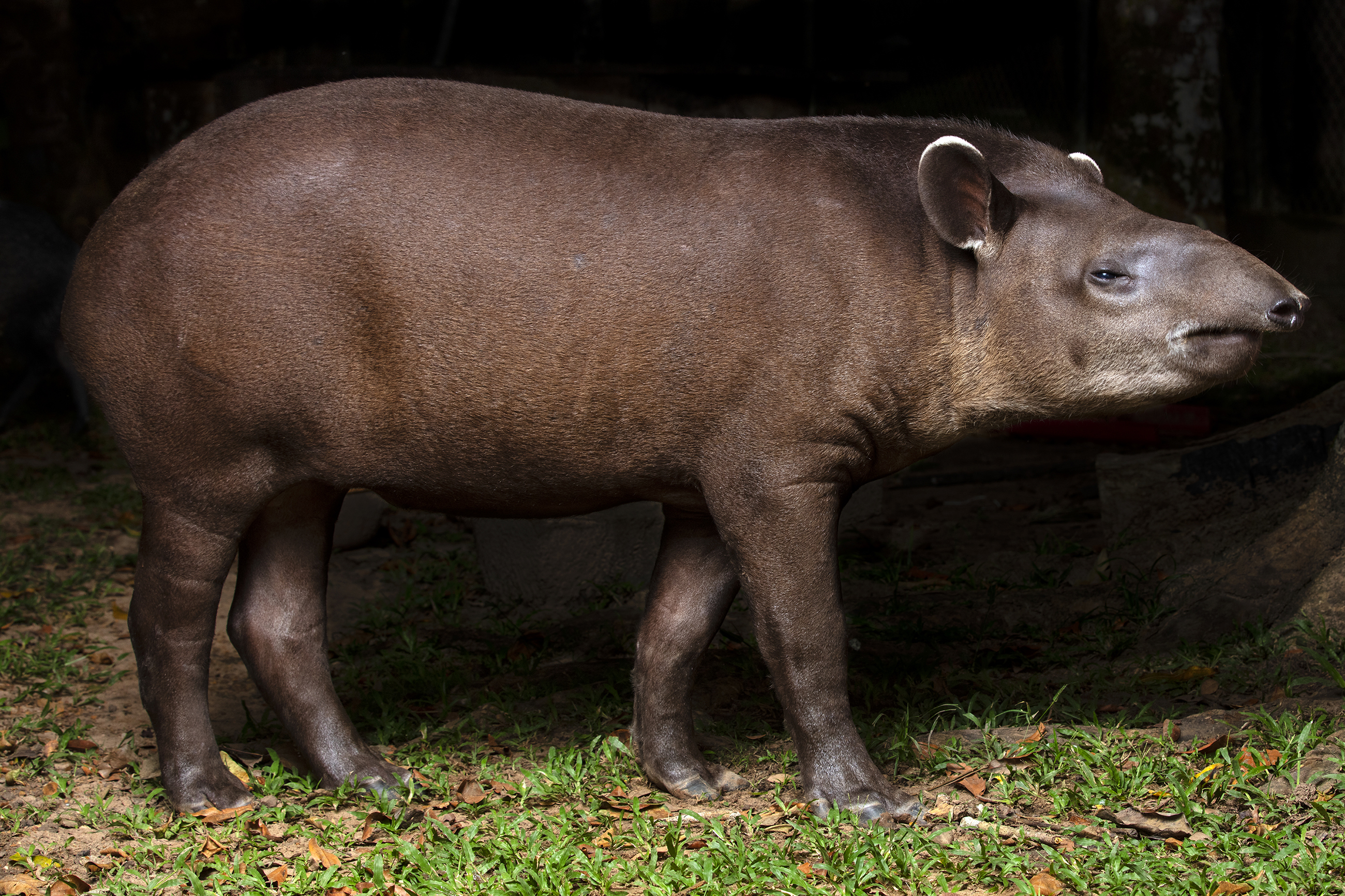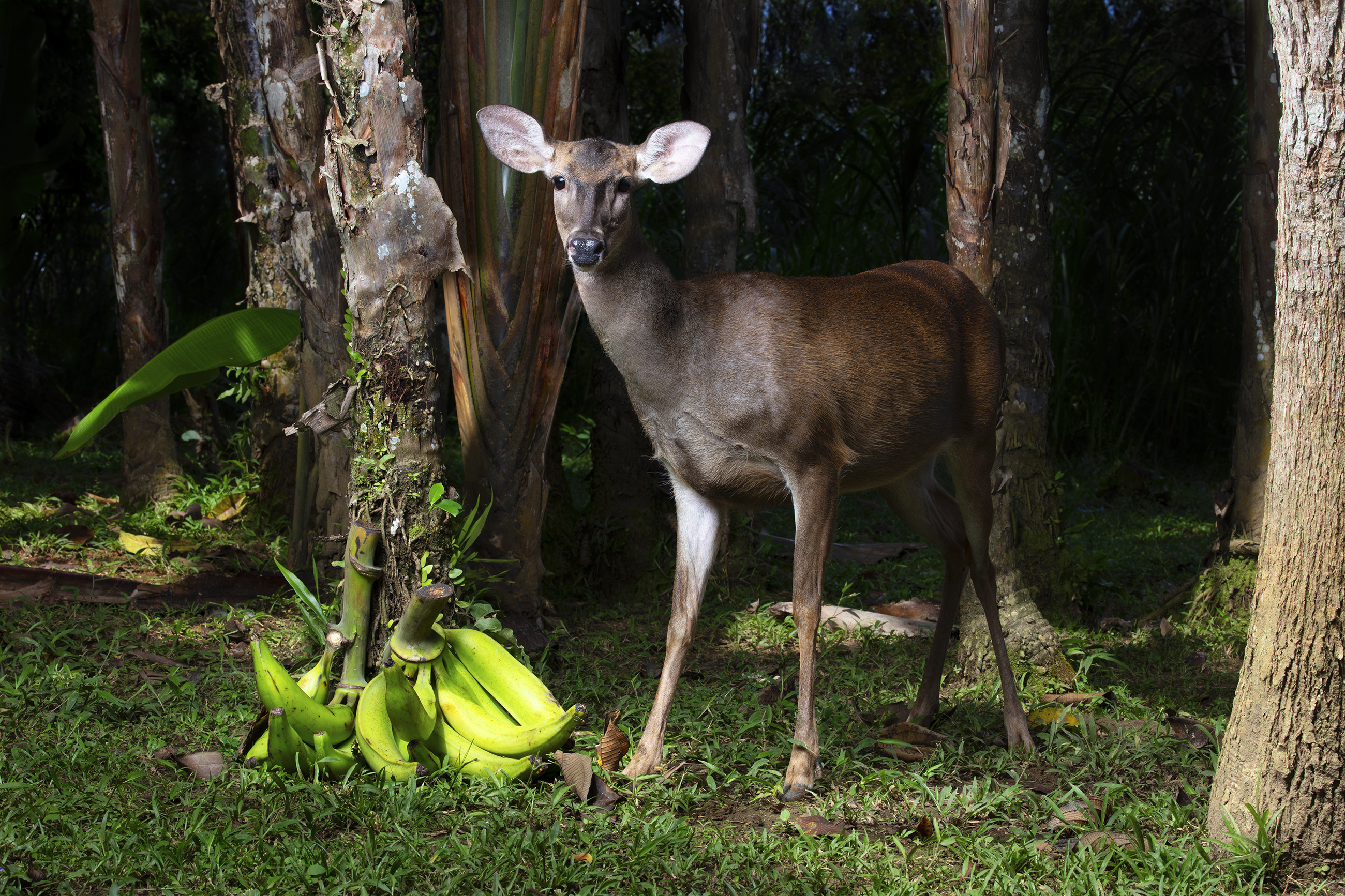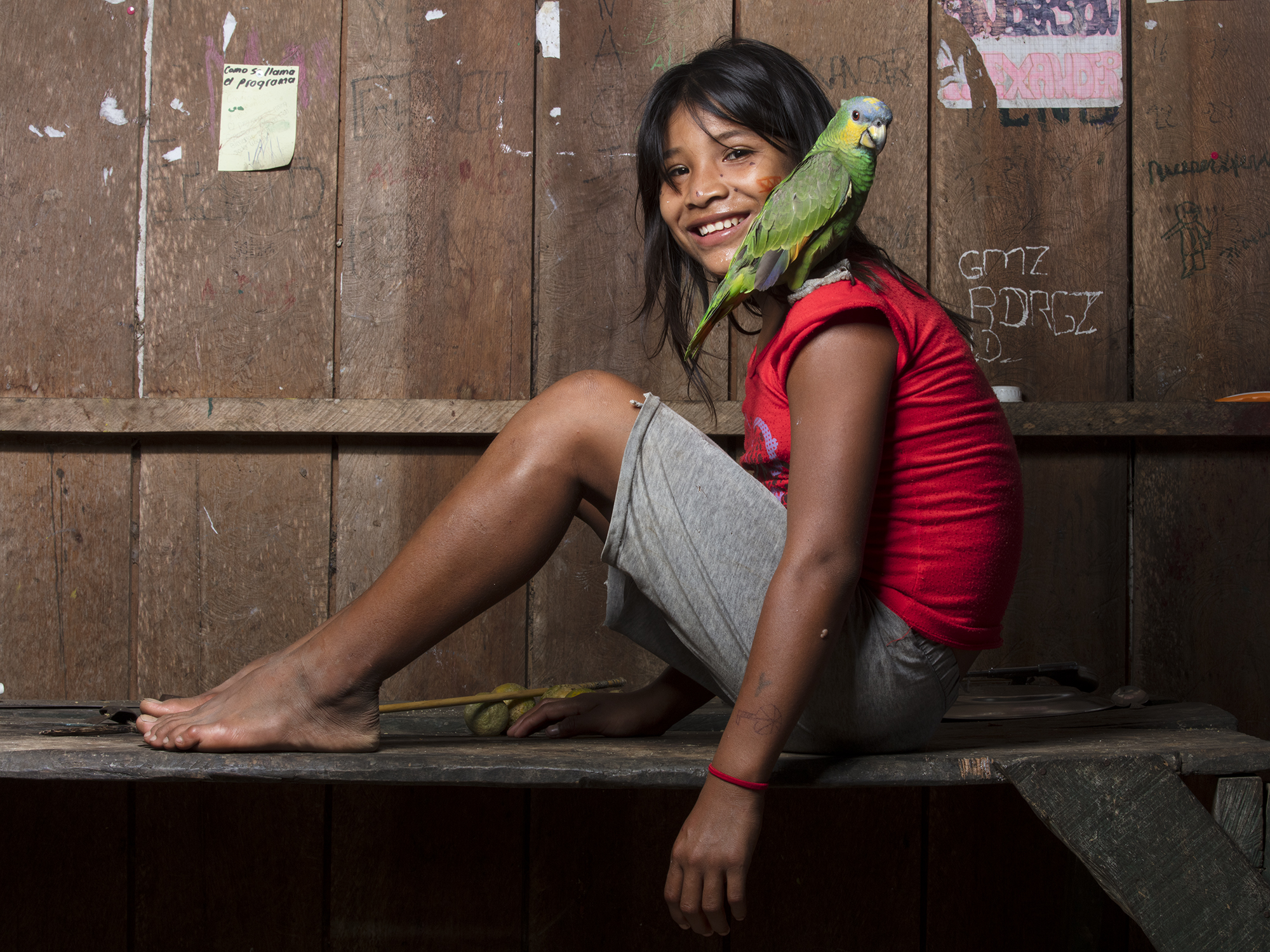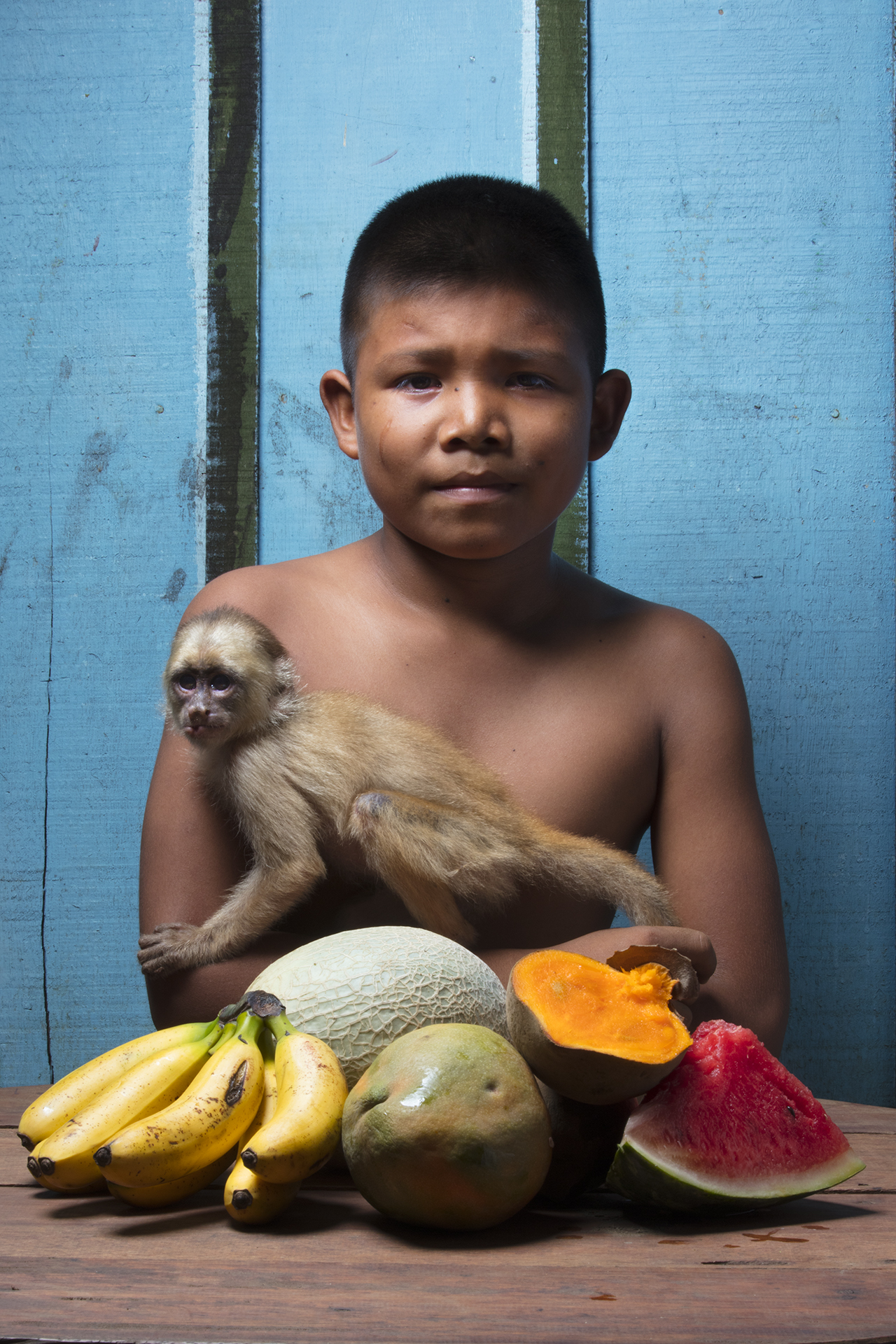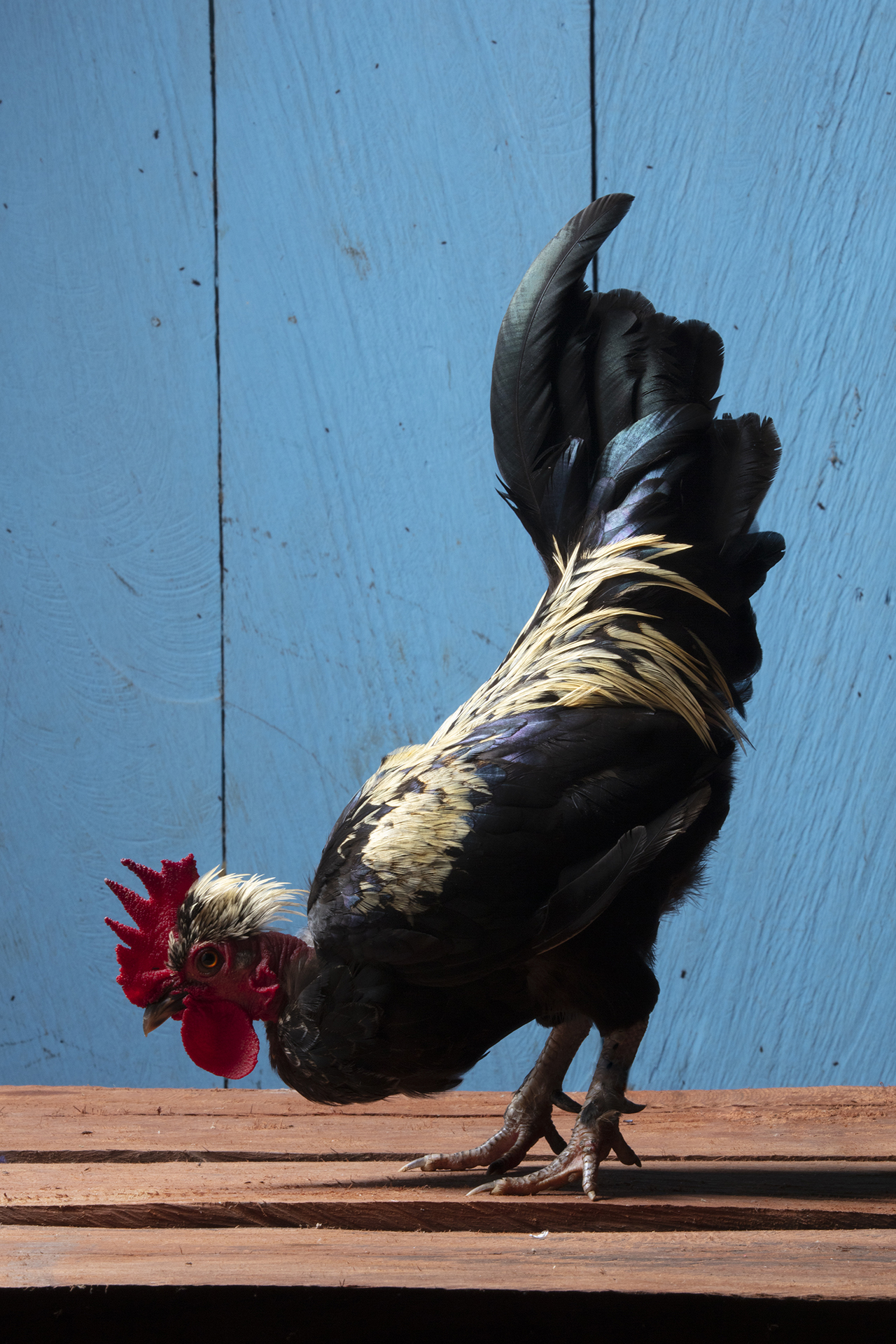Oriente
En la cosmovisión de los pueblos originarios, la unión íntima entre el ser humano y el animal tiene una profunda relevancia. Son los animales del entorno inmediato los que sobrecogen al hombre, haciendo que este elabore mitos y creencias en torno a ellos. A través de los animales, el hombre precolombino intentó transmitir su modo de internalizar el funcionamiento del cosmos que lo rodeaba. Los cazadores-recolectores, por razones de sobrevivencia, sostuvieron un contacto más íntimo con la fauna de su entorno.
Esta interrelación les permitió ahondar en las conductas y ciclos de distintas especies, lo que desembocaría en una comprensión especializada de los momentos adecuados para la caza, para de este modo asegurar el sustento del grupo. Desde esta compenetración necesaria y vital con la fauna surgieron las representaciones de diferentes especies en paredes rocosas, en las que se plasman escenas de cacería, aludiendo a la preponderancia que el mundo animal poseía para los primeros habitantes del Guaviare.
Con la llegada de los primeros colonizadores a la selva, se introdujeron nuevas especies. Podríamos decir, que los animales de cría salieron al encuentro con el indígena. Y que el indígena, así, no tuvo que dedicarse especialmente a su captura y domesticación porque estos, lenta y gradualmente, se fueron incorporando a su vida e inmiscuyendo en sus viviendas.
El animal es valorado porque muestra ciertas características frente a las cuales el hombre se asombra. Y este asombro, lo conduce directamente a categorizar estos aspectos como sagrados y a sentir que el animal no es inferior al ser humano, sino más bien un ser independiente, creado también por una Entidad Superior y que en ocasiones se parece y supera al hombre. Frente al comportamiento de la fauna, el indígena establece nexos y conecta ideas, así como también computa el tiempo, a base de los ciclos que va observando en la naturaleza.
El hombre indígena, desde esta asimilación y profundización de lo que observa, ha elaborado una visión de mundo que tiene como fundamento la idea de la posibilidad de unión íntima con los animales.
Esta serie fotográfica busca poner de relieve este milenario vínculo de asociación entre unos y otros. Especies de animales salvajes y no originales de la selva, adoptados por familias de las etnias Jiw, Nukak Maku, Sikuani y Tukano Oriental.
Cabe destacar, que solo los pueblos originarios pueden adoptar fauna salvaje en la región del Guaviare.
.
.
.
Oriente / English Version
I could say (or imagine) that the animal went out to meet the human. And that the human being, thereby, did not have to dedicate himself especially to their capture and domestication because the animal, slowly and gradually, was incorporating itself into its life and meddling in its dwellings.
In the world view of the original towns, the intimate union between the human being and the animal has a deep relevance. It is the animals of the immediate environment that overwhelm man, causing him to elaborate myths and beliefs around them. Through animals, pre-Columbian man tried to transmit his way of internalizing the functioning of the cosmos that surrounded him. The hunter-gatherers, for reasons of survival, maintained a more intimate contact with the fauna of their environment.
This interrelation allowed them to delve into the behaviors and cycles of different species, which would lead to a specialized understanding of the appropriate moments for hunting, in order to ensure the livelihood of the group. From this necessary and vital rapport with fauna, representations of different species emerged on rocky walls, in which hunting scenes are repeatedly depicted, alluding to the preponderance that the animal world possessed for the first inhabitants of the Guaviare.
The animal is valued because it shows certain characteristics under which man is amazed. This amazement leads him directly to categorize these aspects as sacred and to feel that the animal is not inferior to the human being, but rather an independent being, created by a Higher Entity like him and who sometimes resembles and exceeds man. Faced with the behavior of fauna, the indigenous establish links and connect ideas, as well as compute time, based on the cycles that are observed in nature.
Indigenous man, from this assimilation and deepening of what he observes, has elaborated a world view, which has as its foundation the idea of the possibility of intimate union with animals.
In the Guaviare, only the original ethnic groups can adopt wild fauna. which once again accounts for this millennial bond of association between one and the other.
This photographic series seeks to highlight this unique link through the crossing between wild animals, belonging to Jiw, Nukak Maku, Sikuani and Tukano Oriental ethnic groups in the Amazon jungle of Guaviare, Colombia.


